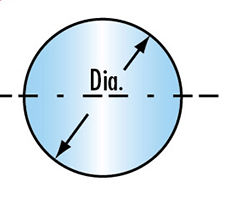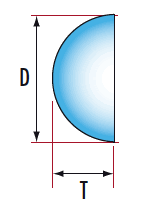The security industry is currently experiencing a significant boom, with increasing attention and investment across the board. On July 2nd, hundreds of institutional investors gathered in Shenzhen for the "Security Investment Strategy Conference," where experts highlighted that the industry is entering its construction peak this year, signaling a period of rapid growth. Video surveillance, in particular, is expected to be the most valuable segment within the security industry, driving substantial revenue and innovation. Major listed companies like Anjubao participated in the event, engaging in discussions with analysts about future trends.
According to Professor Qi Haiming from the Guangdong Provincial Security Association, the security sector reached its lowest point in 2012 but has been gradually recovering since 2013. He emphasized that growing security demands, driven by rising concerns over stability and safety, are sustainable. International data also supports this trend, showing a strong correlation between security investment and GDP, with China's investment proportion being particularly high. Urbanization and social contradictions further fuel the demand for security solutions.
Qi also pointed out that the BT model (Build-Transfer) is becoming more popular due to financial constraints, allowing projects like Ping An City to scale up significantly. Local governments are the main investors, and having strong government relationships and solid financing capabilities is crucial for companies operating in key areas like Safe City initiatives.
As part of China’s broader strategy to boost domestic demand and drive industrial upgrades, the security sector is emerging as a vital component. Smart cities represent the future of urban development, opening up new opportunities in communication, transportation, infrastructure, and more. Recently, Shanxi Securities released a report expressing optimism about the sector, citing its vast market potential and continued high growth.
The industry's downstream applications are extensive. Currently, the Chinese security market is largely government-led, with the civilian market still in early stages. However, the government's Safe City initiatives remain the primary driver of growth. Additionally, security applications in various industries are gaining momentum, and the untapped civilian market holds enormous potential.
Looking ahead, the main growth areas will continue to be Safe Cities, industry expansion, and consumer applications. With more regional government projects launching, Safe City initiatives will maintain their dominant role. Industrial applications are shifting from key sectors to broader economic fields, while the civilian market is expected to grow rapidly in the coming years.
Policy support has also played a critical role. Since 2010, national and local "Twelfth Five-Year Plan" strategies have promoted smart city development, with many cities investing heavily. According to the Ministry of Housing and Urban-Rural Development, the total investment in smart city pilot projects during this period could reach 500 billion yuan.
In terms of product differentiation, China’s security industry has gained international recognition for its standardized offerings. However, the increasing homogenization of products presents challenges. Manufacturers who only offer basic products risk falling into price wars. Distributors also play a key role, and some are struggling to survive. To help them thrive, manufacturers should focus on adding value through better product design, quality, and after-sales support.
When expanding overseas, domestic manufacturers must prioritize application-specific designs and enhance service quality. They should identify market needs across different sectors—such as rail, airports, power, and schools—and tailor their products accordingly. At the same time, they should avoid price competition by building stronger partnerships with distributors and offering more value beyond just selling products.
Fused Silica Ball Lens
Fused Silica features high transmission from 200nm to 2.2μm with a low coefficient of thermal expansion, making it ideal for the most demanding ball lens applications in the ultraviolet, visible, and near infrared spectra. Ball lenses are commonly used for improving signal coupling between fibers, emitters, and detectors, as well as objective lenses in endoscopy and bar-code scanning applications. Half-ball lenses simplify handling and integration.Half ball (hemispherical) lenses are ideal for applications such as fiber communication,endoscopy,microscopy,optical pick-up devices and laser interferometry and measurement.
 Â Â Â Â Â Â Â Â Â Â Â
           
         Ball Lens                     Half-Ball Lens
Â
Specification of our ball lens or half-ball lens:
*Material:BK7 or other optical glasses,optical crystal materials
*Diameter:1mm - 40mm Â
*Dimension Tolerance:+/-0.005mm Â
*Surface Quality:40-20Â Â
*Sphericity:0.005mm
*Coating:optional
Fused Silica Ball Lens,4.0 Mm Fused Silica Ball Lens,Fused Silica Half Ball Lens,Optical Glass Fused Silica Ball Lens
China Star Optics Technology Co.,Ltd. , https://www.csoptlens.com
 Â Â Â Â Â Â Â Â Â Â Â
           